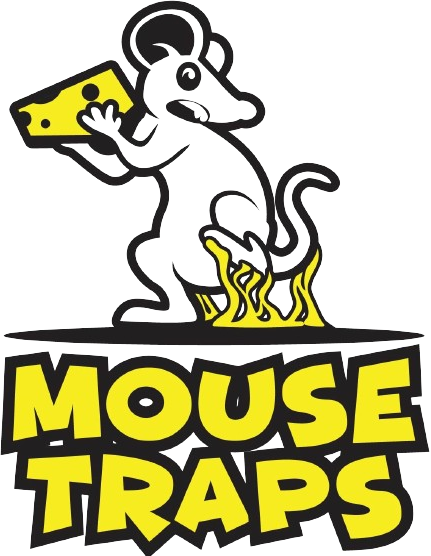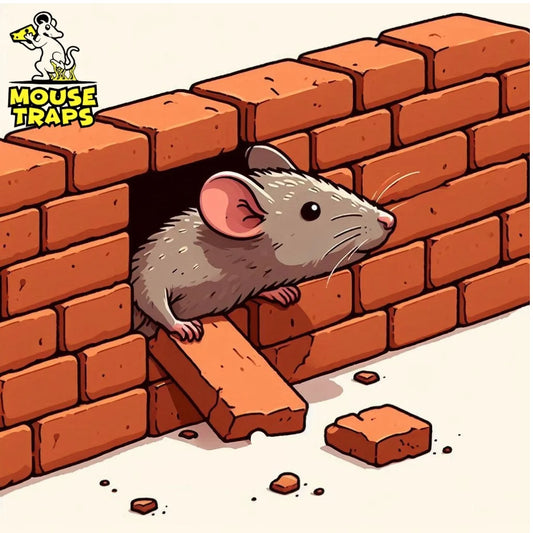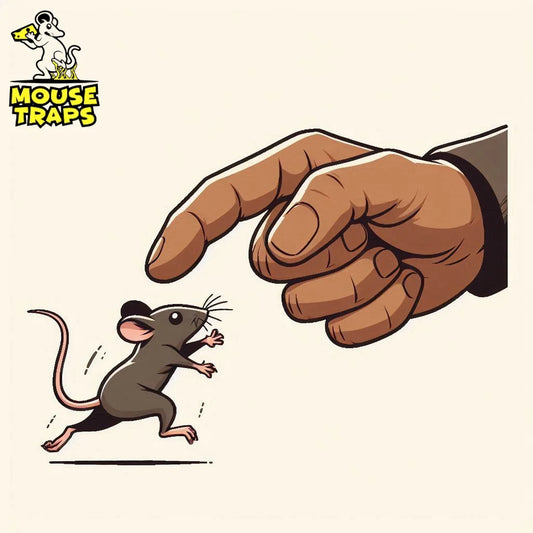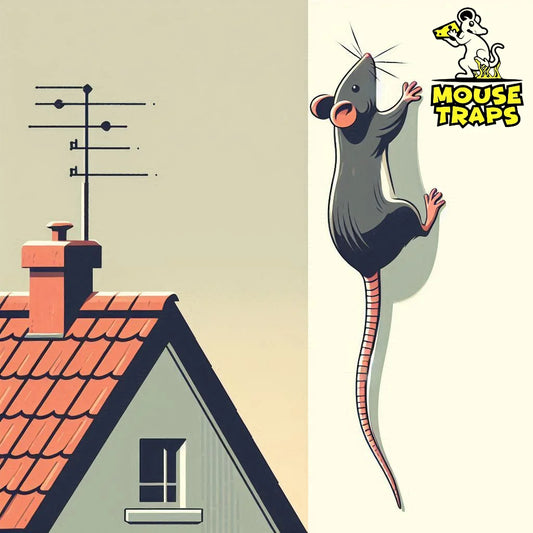Introduction:
Unwanted guests, like rats can be a nuisance, in any setting bringing health hazards property damage and sanitation issues. Detecting the existence of pests and addressing any infestations is vital, for pest management. A technique that is becoming more popular for spotting rat presence involves utilizing ultraviolet (UV) lights or blacklights. These lights can make rat urine visible by causing phosphors in it to fluoresce under UV light exposing traces that would otherwise remain unseen. Although UV lights show potential as a method for detecting rats it's important to grasp both their effectiveness and limitations, within broader rodent control approaches.
Detection of Rat Urine with UV Lights:
Rat urine contains phosphors that fluoresce when exposed to UV light. This fluorescence causes the urine to glow, typically appearing as a bright green or blue color. By using UV lights in dark or dimly lit areas, such as basements, attics, or crawl spaces, individuals can pinpoint locations where rats have urinated. Common areas of activity include along baseboards, in corners, or near potential entry points.
Effectiveness of UV Lights:
While UV lights can be effective in detecting rat urine, their efficacy may be influenced by various factors. High levels of contamination or the presence of other substances that fluoresce under UV light can obscure or diminish the glow of rat urine. Substances such as certain cleaning products or biological matter may compete with rat urine for visibility, making it more challenging to distinguish rat activity accurately.
Limitations of UV Light Detection:
It's crucial to recognize that UV lights are not a standalone solution for rodent control. Although they can help spot areas where rats are active they don't actually tackle the root reasons, behind infestations. A comprehensive approach to rodent control includes:
-
Sanitation: Eliminate food and water sources by storing food in sealed containers, promptly cleaning up spills, and addressing sources of standing water.

-
Exclusion: Seal off entry points around buildings, including gaps around doors and windows, cracks in walls, and openings for utility lines.

-
Professional Pest Control: In severe infestations or cases where DIY methods are insufficient, seek assistance from professional pest control services. Experts have the ability to evaluate the pest problem apply methods, for control and offer monitoring and upkeep.

-
Traps: Use traps strategically to capture and remove rats from the environment. Consider various trap types, such as snap traps, live traps, or Sticky Glue Traps, depending on the situation.

Live mouse traps
Live traps, for mice are tools created to catch mice without causing them harm enabling their return, to the outdoors. These traps typically consist of a small, enclosed container with one or more entry points and a mechanism that closes the door or entrance once the mouse enters. Here are some explanations and benefits of using live mouse traps:

-
Humane Capture: Live mouse traps offer a humane alternative to traditional snap traps or glue traps, which can injure or kill mice. Instead of causing harm, live traps safely contain mice until they can be released outdoors away from human habitation.
-
Safe for Children and Pets: Unlike snap traps, which can pose a risk of injury to curious children or pets, live mouse traps are generally safer to use in households with young children or animals. The specific layout of traps minimizes the chance of contact, with mice once they have been captured.
-
Environmentally Friendly: Live traps are environmentally friendly because they do not involve the use of chemicals or toxins that may harm the ecosystem. Using traps helps maintain an balanced environment by capturing mice without the need, for harmful poisons or pesticides.
-
Prevent Odors and Mess: Since live traps capture mice alive, they prevent the unpleasant odors and mess associated with rodent carcasses. They are a choice, for managing rodents, in indoor settings as they are cleaner and more hygienic.
-
Reusable and Cost-Effective: Many live mouse traps are reusable, allowing them to be reset and used multiple times. This makes them a budget friendly option, for management particularly, in cases where there might be a need to catch several mice over a period.
Sticky Glue Pad Traps:
Sticky glue pad traps, also known as glue traps or glue boards, are adhesive traps designed to catch mice by immobilizing them on a sticky surface. These traps are typically flat, rectangular boards coated with a strong adhesive. Here are some explanations and benefits of using sticky glue pad traps:

-
Non-Toxic: Sticky glue pad traps do not contain any chemicals or poisons, making them a non-toxic option for rodent control. This can be particularly advantageous in sensitive environments where the use of chemical pesticides is not desired.
-
Easy to Use: Glue pad traps are straightforward to set up and require minimal effort. Users simply peel off the protective covering to expose the adhesive surface and place the trap in areas where mice are active.
-
Versatile Placement: Sticky glue pad traps can be placed in various locations, including along walls, in corners, or near entry points. Their adaptability shines when used outdoors for controlling rodents.
-
Effective for Small Spaces: Glue pad traps are particularly effective in small spaces where traditional traps may be impractical or inaccessible. Their sleek slim design enables them to easily slide into spaces frequented by mice.
-
Monitoring and Detection: Glue pad traps can serve as monitoring tools to assess the level of rodent activity in a given area. By checking the traps on a basis people can assess how widespread the infestation is and then respond accordingly to deal with it.
Conclusion:
By using UV detection alongside rodent control methods people can successfully handle rat infestations and protect their homes or properties. UV lights play a role, in combating rats providing information about their behavior and assisting in actions. To achieve results it's important to deal with the underlying reasons, for infestations and apply approaches to pest management.




